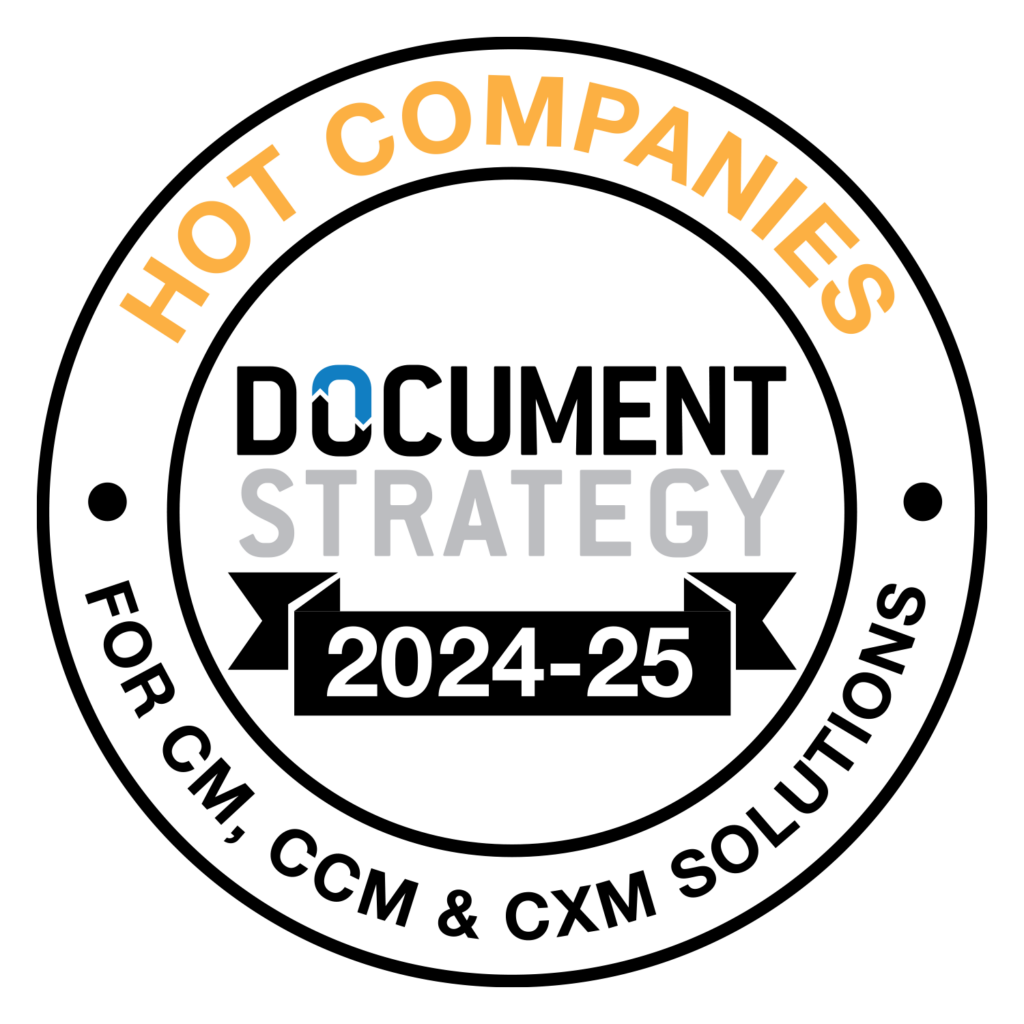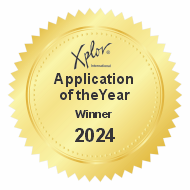The basic concepts of economics are simple: scarcity, supply and demand, costs and benefits, and incentives. Four fundamental principles defining purchasing behavior (both as individuals and as a society) and, as a result, the value of our resources and commodities.
But the B2B and B2C world have become so much more complex, priorities have shifted and purchasing power has changed. And the subsequent impact has altered the understanding what is and what isn’t a commodity in our marketplace. In this new era, attention (which used to be a given) has become one of the scarcest commodities in business. Why? To put it simply: There just isn’t enough attention to go around.
With the exponential growth of digital came a whole new world of goods and services—and the brands selling them. No longer was a household relegated to the surrounding neighborhood stores for their daily purchases. With the click of a button, that same household that used to purchase their groceries exclusively from the local store could order a meal delivery kit from across the country.
Welcome to the Attention Economy.
Defining attention as a scarce resource for which demand has far outweighed supply, sheds some light on the strategic transformation brands must undergo in order to stay relevant within their customer base. The rising tide of products and services has reached a deafening crescendo—texts, emails, and direct mail, all clogging up your customer’s attention—and brands must fight to grasp even a moment of a consumer’s attention.
With such fierce competition vying for every second of available attention, what’s a brand to do?
Master the art of the micro-moment.
These micro engagements hold a unique opportunity for your brand. The fact is, your customers have a limited attention span, meaning the probability of engagement is much higher when you reduce the time requirement. The understanding and integration of this concept into your customer engagement management strategy unlocks the possibility of redefining how you create those critical communications. Defining what and where those micro-moments are in your customer journey and how you are going to take advantage of those (golden) nuggets of time.
Because the reality is, it’s not about how long you have your customer’s attention—it’s what you do with their attention while you have it. And when you can create a highly personalized, relevant, and meaningful experience in a matter of seconds, you maximize the opportunity.
Concepts like supply and demand and scarcity will always have a place in our economy and our businesses. But by transforming how we utilize these valuable (and scarce) moments, we transform a commodity deficit into an engagement surplus, opening the door to a new economy of scale.




